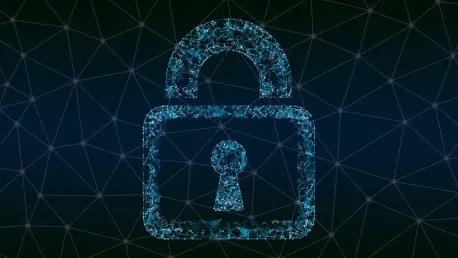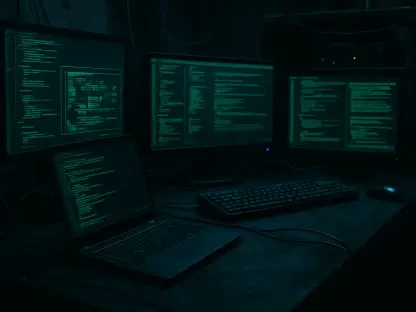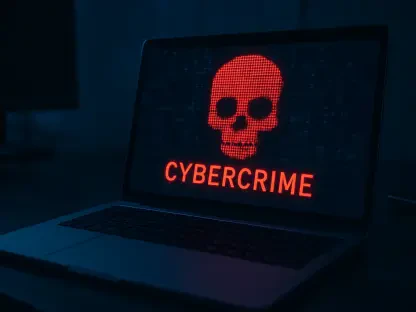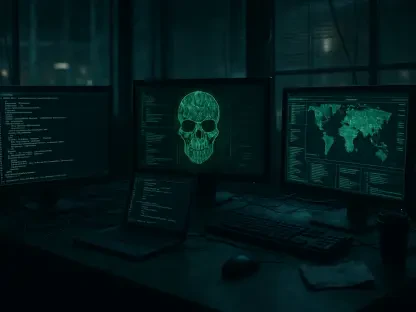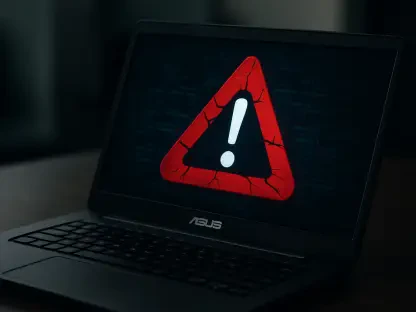As we approach the end of 2024, discussions are intensifying about the future of government cybersecurity in the coming year. Increasingly, government cybersecurity initiatives are gaining traction as essential measures irrespective of political allegiances, underpinned by bipartisan support. Questions abound: What will the cybersecurity landscape look like in 2025? Will the nation’s cybersecurity resilience improve? Offering his insights into these pressing questions, Jake Braun, former Principal Deputy National Cyber Director under President Biden and a lecturer and senior advisor at the Harris School of Public Policy at the University of Chicago, provides a forward-looking perspective on what’s in store.
Current State of Cybersecurity
According to Braun, recent advancements have considerably bolstered the state of U.S. cybersecurity, although gaps remain. He underscores the importance of initiatives spearheaded by the White House to modernize security policies, pointing to significant strides, such as transitioning to memory-safe programming languages like Rust. This shift intends to replace antiquated, vulnerable languages with more secure alternatives, thereby addressing longstanding vulnerabilities in legacy systems. Equally critical are efforts to enhance the security of the Border Gateway Protocol (BGP), targeting fundamental infrastructure weaknesses rather than isolated threats.
Braun also highlights another transformational shift: the way government approaches the cybersecurity skills gap. Traditionally, the perceived prerequisites for cybersecurity roles included extensive academic qualifications, such as four-year degrees or even PhDs. However, there’s now an increasing focus on skill-based training programs designed to fast-track the onboarding of qualified professionals. This evolution signals a pivot toward pragmatic solutions aimed at closing the skills gap more expeditiously and effectively, reflecting the urgent need for a robust cybersecurity workforce.
Key Developments
One of the most significant developments in recent times is the government’s prioritization of memory-safe programming languages, a strategic move critical for mitigating risks associated with outdated technologies. By transitioning to languages like Rust, the government aims to substantially reduce vulnerabilities that have historically plagued older systems. This modernization of security policies is not just beneficial but essential for maintaining a fortified defense against looming cyber threats.
Another noteworthy advancement is the shift from traditional educational requirements towards specialized, skill-based training. This pragmatic approach broadens the talent pool and addresses workforce shortages more effectively. By focusing on tangible skills training, the government can expedite the process of filling cybersecurity positions, thus ensuring a stronger and more versatile defense against cyber threats. This shift indicates a significant realignment in priorities, favoring skill acquisition over extended academic qualifications.
Additionally, efforts to streamline over-regulation and fragmented compliance mandates are well underway. These measures aim to alleviate the resource strain on corporations, allowing them to reallocate efforts from bureaucratic tasks to actual security enhancements. By reducing regulatory burdens, corporations can focus more on strengthening their cybersecurity measures, ultimately contributing to a more robust national security posture. This holistic approach reflects a forward-thinking strategy designed to balance regulatory compliance with practical security needs.
Future Government Cybersecurity (2025)
Looking ahead to 2025, the evolution of government cybersecurity promises a more cohesive and strategically aligned framework. Harmonizing cybersecurity regulations will remain a critical focus area, primarily to reduce bureaucratic overhead for corporations, enabling a sharper focus on implementing real security measures. Braun anticipates a more unified regulatory approach, aimed at alleviating the compliance burdens that corporations currently face, thereby fostering a more security-centric focus across the board.
A significant emphasis is expected to be placed on the resilience of critical infrastructure. Legislative efforts such as the Bipartisan Infrastructure Law, the CHIPS Act, and the Inflation Reduction Act are specifically designed to fortify cybersecurity across various sectors. These include energy, transportation, and telecommunications, with notable focus areas such as modernizing the electrical grid and water systems, where enhanced cyber protections are paramount. Braun emphasizes that integrating cybersecurity into modernization efforts, rather than treating it as an afterthought, is crucial. This integration is fundamental, especially when embedding new technologies, like wind farms, into the grid.
These legislative acts represent substantial investments in infrastructure, embedding cybersecurity at the core of modernization efforts. By treating cybersecurity as an intrinsic element of infrastructure projects, the government aims to ensure a more resilient and secure framework. Such strategic investments are expected to significantly bolster national cybersecurity, providing a robust defense against emerging threats while fostering technological advancements.
Public-Private Partnerships
Public-private partnerships are increasingly recognized as indispensable to effective cybersecurity strategies. Despite existing distrust in information sharing, collaboration with the private sector remains essential for sharing threat intelligence, aligning security standards, and responding swiftly to new and evolving threats. Braun envisions enhanced collaboration and trust between public and private entities, recognizing that a unified approach is vital for a comprehensive security strategy.
By 2025, enhanced cybersecurity education and workforce development programs are expected to be pivotal. These initiatives will focus on retraining workers, providing hands-on training, and promoting diversity within the cybersecurity workforce. By fostering a diverse and well-prepared workforce, the government aims to address the evolving landscape of cyber threats more effectively. A robust and diverse talent pool will ensure a resilient defense mechanism capable of adapting to and countering sophisticated threats.
Moreover, these programs aim to prepare the workforce to tackle complex cybersecurity challenges through practical training and continuous skill development. This proactive approach is essential for staying ahead of the curve in an increasingly complex cybersecurity environment. Ultimately, fostering public-private partnerships and investing in workforce development are vital strategies for building a resilient cybersecurity infrastructure for the future.
Geopolitical Threats and New Challenges
Braun underscores the critical importance of vigilance concerning geopolitical tensions, particularly involving Ukraine and China’s ambitions in Taiwan. He suggests these international developments could significantly influence the evolution of cyber threats. The outcomes of these geopolitical events will determine how the U.S. positions itself defensively against both state-sponsored and independent actors. Understanding the geopolitical landscape and remaining vigilant is crucial for anticipating and countering potential cyber threats emanating from these regions.
Another pressing issue is the ongoing contest for internet control, often referred to as the “New Great Game.” This struggle could lead to a divided internet, with significant implications for the future of digital freedom. China’s Belt and Road Initiative, for example, affords it considerable leverage to promote an authoritarian model of internet governance. Such a fragmented global internet poses substantial cybersecurity challenges, emphasizing the need for a cohesive and robust strategy to counter such developments. Addressing these challenges requires a comprehensive approach, balancing the need for security with the preservation of digital freedoms.
Navigating these new challenges necessitates a sophisticated understanding of global dynamics and the strategic deployment of cybersecurity measures. The U.S. must remain adaptive and forward-thinking in its approach, ensuring robust defenses against an evolving threat landscape influenced by geopolitical factors. The government’s efforts in this regard will be crucial for maintaining a strong cybersecurity posture in the face of emerging challenges.
Cautious Optimism for the Future
As we near the end of 2024, the conversation is heating up about the direction of government cybersecurity in the upcoming year. Increasingly, these cybersecurity efforts are seen as critical, gaining importance beyond party lines and supported by both sides of the aisle. Many people are asking: What will cybersecurity look like in 2025? Will the nation’s defenses against cyber threats be stronger? Offering his expert take on these critical questions, Jake Braun, who served as the Principal Deputy National Cyber Director under President Biden and now teaches and advises at the Harris School of Public Policy at the University of Chicago, shares his forward-looking insights on the future of cybersecurity. Braun emphasizes the importance of bipartisan efforts and the need for continued innovation in cybersecurity measures to safeguard national interests.
